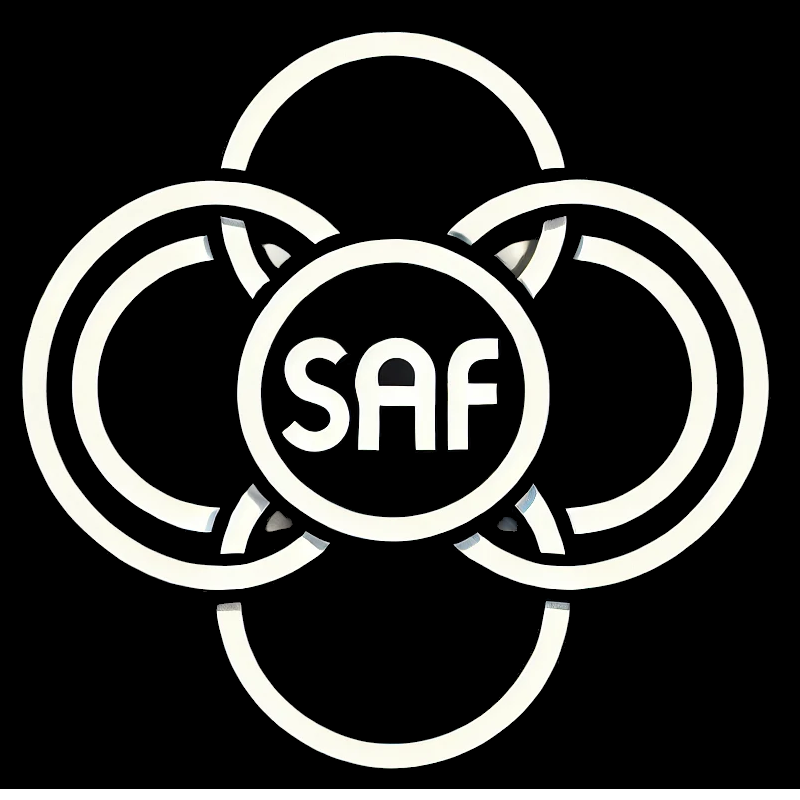Introduction
The Self-Alignment Framework (SAF) began as an ambitious conceptual effort: designing an ethical alignment mechanism inspired by timeless Catholic values. Initially theoretical, the goal was clear—to build an AI system capable of ethical self-reflection and correction, rooted in clearly articulated ethical principles.
Defining the Ethical Foundation
The journey started with clearly defining SAF’s ethical core, drawing from Catholic moral teaching:
- Respect for human dignity
- Commitment to truth
- Justice and fairness
- Charity and compassion
- Prudence in judgment
- Temperance in action
- Fortitude in moral courage
- Obedience to God and Church
- Subsidiarity and personal responsibility
- Pursuit of the common good
These ten values form the fixed ethical foundation upon which all SAF evaluations are based.
To preserve conceptual integrity, the SAF prototype must represent all five of its closed-loop components:
SAF’s Five Core Components
- Values: The unchanging moral standard externally sourced and internally upheld.
- Intellect: Processes user inputs and generates responses rooted in those values.
- Will (not yet implemented): Serves as the executive function, deciding whether or not to act on a generated response.
- Conscience: Evaluates alignment of the AI’s output against the defined values.
- Spirit: Logs all decisions, conscience feedback, and alignment scores over time to measure long-term coherence.
The current prototype includes Intellect, Conscience, and Spirit, with Values hardcoded into the system. Will remains the missing element, essential for completing the ethical feedback loop.
Moving from Concept to Practice
Shifting from abstract concepts to a practical prototype involved leveraging modern technologies:
- OpenAI’s GPT-4o API for language reasoning
- Node.js for orchestration and logic
- Hugging Face Chat UI for the front-end experience
The architecture implements:
- Intellect: Prompting GPT-4o to generate ethically guided responses.
- Conscience: A secondary call evaluates the generated response against the original value set.
- Spirit: All interactions are logged into a persistent
saf-spirit-log.json, including timestamp, prompt, response, ethical evaluation, and a numerical Spirit score.
Real-World Validation
Testing has demonstrated tangible alignment with the conceptual intent. The system:
- Generates content ethically aligned with core Catholic values.
- Evaluates responses transparently using a dedicated Conscience module.
- Logs every decision with scoring and reasoning feedback, offering a foundation for auditability.
However, the absence of Will means that misaligned outputs are flagged—but not yet intercepted or corrected proactively. The system reports misalignment, but currently lacks the authority to withhold or redirect its own actions.
Next Steps and Vision
This initial prototype sets the stage for future development:
- Implementing Will: A decision gate that vetoes or modifies misaligned outputs.
- Refining Spirit Scoring: Making the scoring logic more sensitive to subtle shifts in value interpretation.
- Trend Analysis: Using Spirit logs to monitor alignment over time and flag drift.
- Multi-value System Support: Enabling SAF to operate across different ethical frameworks while preserving closed-loop integrity.
Conclusion
The journey from conceptualization to prototype proves that SAF is not only viable but already effective in early implementations. Grounded in clearly defined moral values and built on a structure of self-reflection, SAF offers a vision for truly ethical AI.
By ensuring that AI systems do not simply generate plausible answers but operate within a structured ethical conscience, SAF represents a next-generation model for responsible artificial intelligence.
This prototype is more than theoretical—it is a working testament to the possibility of virtue-driven, value-secure technology.
